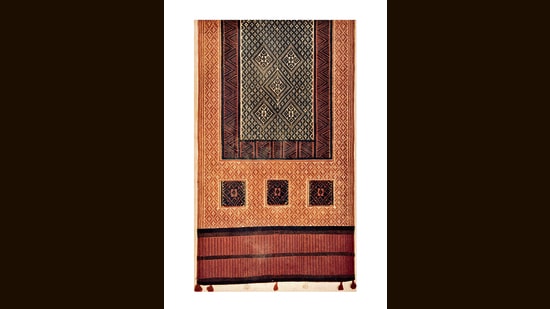Material history: Check out the dyes and textiles section of the BSI archives
About 3,000 samples of dyes are preserved here. From medicines to make-up, see what their many uses were, before the use of chemical dyes became widespread.
A section of the extensive Botanical Survey of India archive, now available to the public online (at archive.bsi.gov.in), is dedicated to dyes and fabrics. About 3,000 samples of dyes are preserved here, on fabrics ranging from cotton and silk to wool.

Natural dyes weren’t used only to colour things. Until the use of chemical dyes became widespread in the 20th century, natural dyes had applications in fields ranging from pharmaceuticals to cosmetics.
In the collection are 4,100 shades of colour extracted from just 64 plants by English silk dyer Thomas Wardle, who visited India to try and find ways to revive his shrinking silk dye business back home. “Wardle visited India in 1885 and studied the native dying tradition here from local artisans,” says K Avinash Bharati, BSI botanist and custodian of the digital archive. “He produced 4,100 samples of different shades and colours using 64 plants and some combination of minerals like copper and iron.”
He compiled his findings in a 15-volume work titled Fabrics Dyed with Indian Dyes. These volumes have also been digitised, making the portal a trove of information on now-fading Indian herbal dyes and their traditional applications.
The textile designs in the archive are from the collection of Scottish physician and botanist John Forbes Watson, who visited India in the mid-19th century. Watson visited a total of 12 South Asian territories and compiled his findings in an 18-volume work first published in 1866, followed by a 14-volume work in 1874.
Together, these constitute over 1,700 samples, all of which are now available to explore digitally on the website.
These include garments for men and women made from silk, cotton, muslin, camel hair and wool. “This portal now allows the general public to access these samples,” says Bharati. “Not just India, the digital archive includes fabrics from present-day Pakistan, Bangladesh, Uzbekistan and Nepal too.”
All Access.
One Subscription.
Get 360° coverage—from daily headlines
to 100 year archives.



HT App & Website






